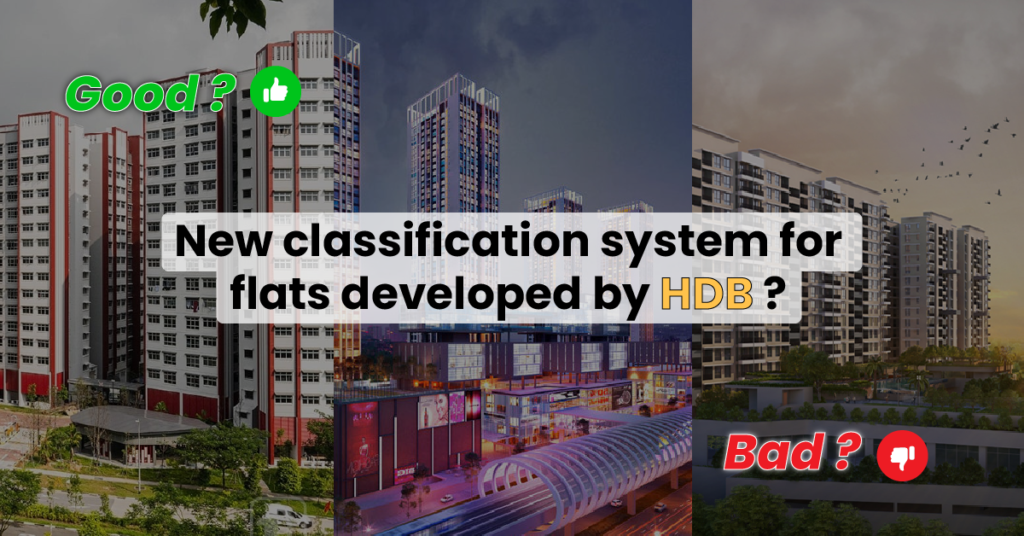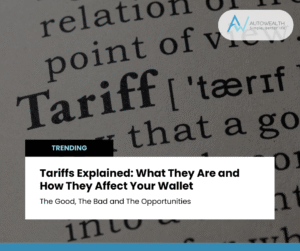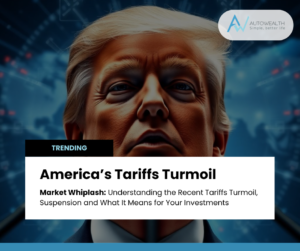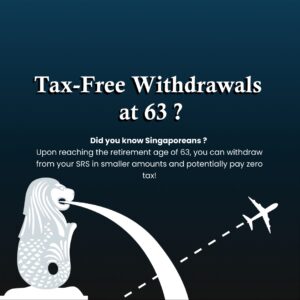
In his National Day Rally (NDR) speech on August 20, 2023, Singapore’s Prime Minister, Lee Hsien Loong, introduced a groundbreaking change to the country’s public housing landscape. This change involves the introduction of a new classification system for flats developed by the Housing and Development Board (HDB). The aim is to adapt to Singapore’s changing housing market and offer better housing choices to potential buyers. Here, we’ll look at this new system and what it means for Singaporeans.
The Changing Housing Landscape
Over the years, the distinction between mature and non-mature estates in Singapore has become less clear-cut. Non-mature estates have seen significant development, with improved amenities and transport infrastructure. Government investments have led to great connections and lots of amenities.
Because there isn’t much land left for future public housing, HDB is focusing on building in areas that are already popular. These areas are in central locations, have great transportation links, and are close to amenities.
A New Social Compact for Public Housing
In the last year, Forward Singapore (FSG) sessions collected ideas from 16,000 different Singaporeans with various housing goals. Based on this feedback, several key values and priorities for Singapore’s public housing system emerged:
- Home Ownership: Singaporeans widely support home ownership as a core element of the public housing system. They want affordable and accessible HDB flats, particularly those well-connected and close to amenities.
- Inclusion: It’s crucial to keep public housing open to everyone in Singapore. They want affordable BTO flats in great locations, making sure they are accessible to people with various incomes, especially those with lower earnings.
- Fairness: Public housing should primarily be for owner occupation, not for investment. To achieve fairness for homebuyers, some propose stricter rules for buying flats in popular or costly BTO projects.
- Sustainability: The housing system must sustainably serve both present and future generations of Singaporeans.
Taking these values and perspectives into account, the Ministry of National Development (MND) and HDB plan to introduce additional measures addressing the evolving housing landscape and the aspirations of Singaporeans.
The New Plus Housing Model
In order to distinguish BTO projects on the basis of their locational features, a new classification scheme will be introduced in the second half of 2024, as announced by Prime Minister Lee Hsien Loong:
- Standard flats: These will come with the standard subsidies and restrictions currently applied to all BTO flats and will continue to form the majority of the housing supply.
- Plus flats: A new category of flats located in choicer locations within each region across Singapore, such as near MRT stations and town centers. Plus flats will come with more subsidies and tighter restrictions compared to standard BTO flats.
- Prime flats: The most subsidised of the three categories, prime flats will be located in selected locations in Singapore, usually close to the centre of the city, and will be subject to the most stringent conditions. These flats are currently offered under the Prime Location Public Housing (PLH) model.
With this, let’s examine in more detail what does HDB Plus houses entail.
Key Features of the Plus Housing Model
- More Subsidies: To ensure affordability for a broader range of Singaporeans, flats will be priced with additional subsidies on top of those provided for standard flats.
- Subsidy Recovery upon Resale: To be fair to all homebuyers, flat owners must pay back some of the extra subsidies they receive when selling their flats. This helps avoid big unexpected profits and keeps things fair for flat owners who didn’t get extra subsidies.
- Tighter Sale Conditions: Flat owners must live in their flats for at least 10 years (called the Minimum Occupation Period or MOP) before selling them on the open market or investing in private residential properties. Extra resale conditions will also apply to Plus flats to control demand and prices.
Our initial thoughts? Great for people who are keen to stay at a place with good location, accessibility and overall convenience. If you’re looking to invest in such HDBs, however, it would certainly be less than ideal as the long MOP will likely lead to lesser demand in the resale market.
Enhancing Housing Access for Singles
Recognizing the evolving lifestyles and aspirations of singles in Singapore, the government has progressively improved public housing access for this group. Eligible first-time singles aged 35 and above will now have the option to:
- Apply for 2-room Flexi BTO flats in all locations across Standard, Plus, and Prime housing projects.
- Buy a Standard or Plus flat of any size in the resale market.
- Purchase a 2-room Prime flat in the resale market.
To the happy singles out there, it’s definitely a welcome measure!
Conclusion – So is HDB Plus and Prime Bad?
These housing changes are a big deal for Singapore. They aim to offer more options for different people’s housing needs. The introduction of Plus and Prime apartments is exciting, as they offer prime locations and affordability. However, there’s a downside: you have to keep the property for at least 10 years before selling it, which might limit flexibility and access to cash. As this new system rolls out, it’s crucial to watch how it affects the housing market and make changes if needed to keep it fair, open to everyone, and sustainable. Balancing the good and not-so-good parts is key to making housing that works for everyone in Singapore.












